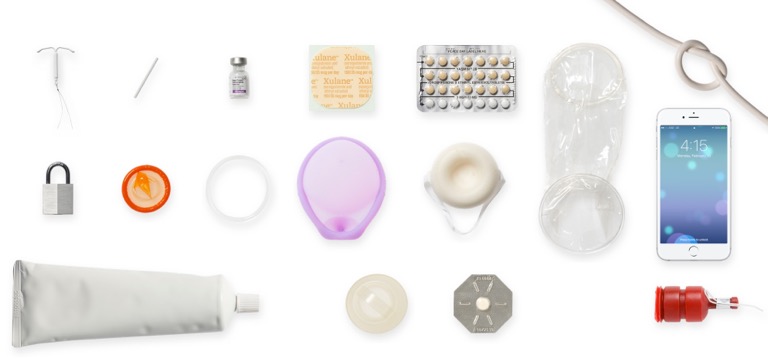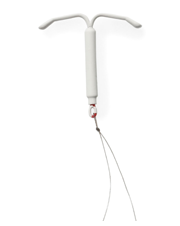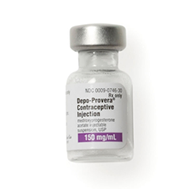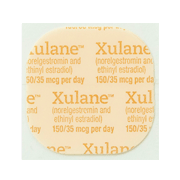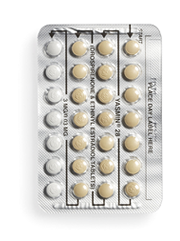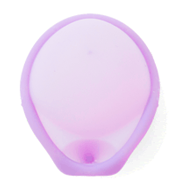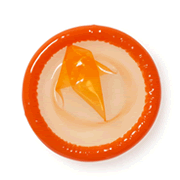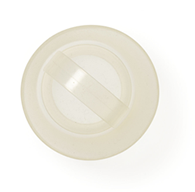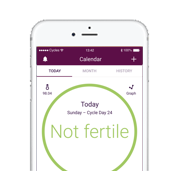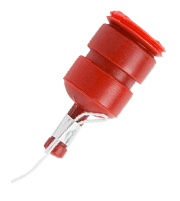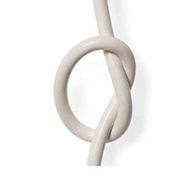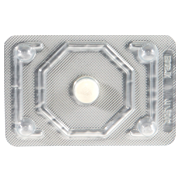What Causes Endometriosis?

There are a few things that researchers say might cause it.
March is National Endometriosis Awareness month; a good time to highlight those who live with this chronic condition by answering common questions, talking about symptoms, and discussing how birth control can help.
But one thing we haven’t touched on previously is just what causes endometriosis. Why do some people have it, and some others don’t? The truth is, no one knows for sure, but researchers have identified some possible causes. Here’s what they are, and for answers to your specific questions (as well as access to all the methods of birth control for free or at a low-cost), make an appointment at your nearest The Right Time health center.
First thing’s first: endometriosis is when tissue that’s similar to the uterine lining grows outside of the uterus instead of inside the uterus. It affects more than 11% of people with uteruses between the ages of 15 and 44 and is particularly common with people in their 30s and 40s.
Experts say retrograde menstrual flow is probably what causes some people to be diagnosed with endometriosis. This is when the tissue that is supposed to be shed out of the vagina during menstruation flows backwards, gets into the fallopian tubes, and travels somewhere else in the body, like to the pelvis. This tissue can then grow when it attaches itself to the peritoneum, or the lining that covers the stomach, spleen, and intestines. Anyone who has a menstrual period can experience retrograde menstruation, and it usually isn’t a problem unless it causes painful symptoms, which can then lead to a diagnosis of endometriosis.
Endometriosis also runs in families, so it could be genetic. Separately, immune system disorders could also be a factor, because while a healthy immune system could find and get rid of tissue that’s growing where it’s not supposed to, a compromised immune system may struggle to do the same. Hormones like estrogen might even encourage endometriosis, or a person might be diagnosed after an abdominal surgery where endometrial tissue was accidentally moved or transferred outside of the uterus.
Unfortunately, there is no cure for endometriosis. However, birth control methods like the IUD can offer some relief by minimizing pain and bleeding.
If you’d like to learn more about endometriosis and how birth control can be used as a treatment, make an appointment to visit your nearest The Right Time health center.
Related Content

Article
Birth Control & Your Period: What to ExpectBirth control often changes your period, and that’s normal and safe.

Article
Handling the “When Are You Having Kids?” Question Around the HolidaysRemember: your timeline is yours.

Article
What Should I Do After I Get Diagnosed with an STI?Getting an STI doesn’t change who you are.

Article
How Can I Take Care of My Breast Health?Keeping up with routine preventative health visits can help catch any changes early.


